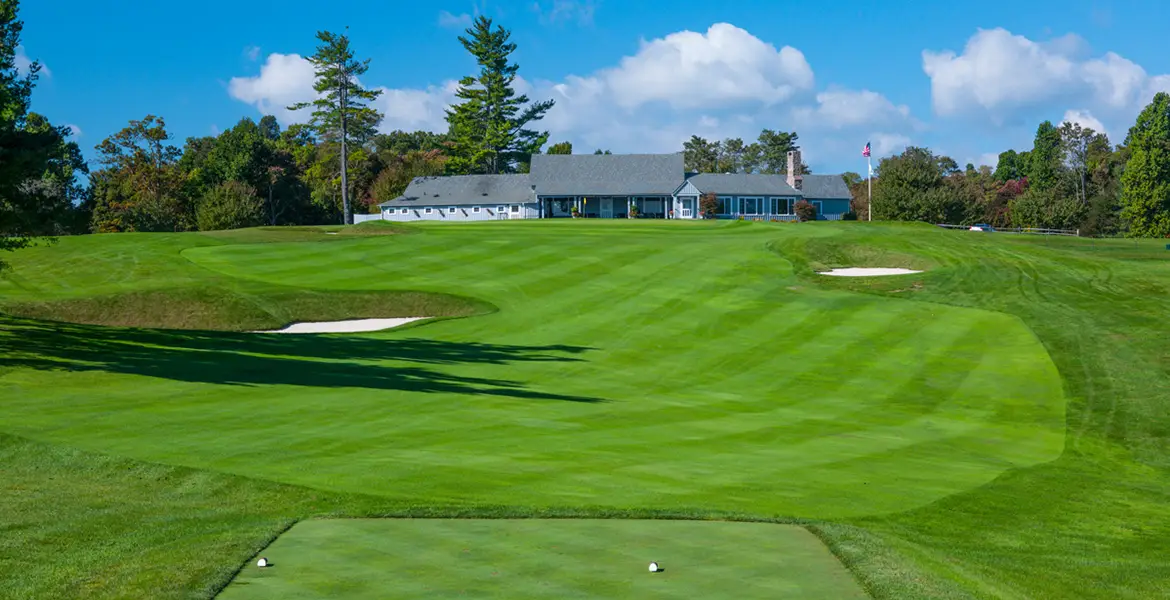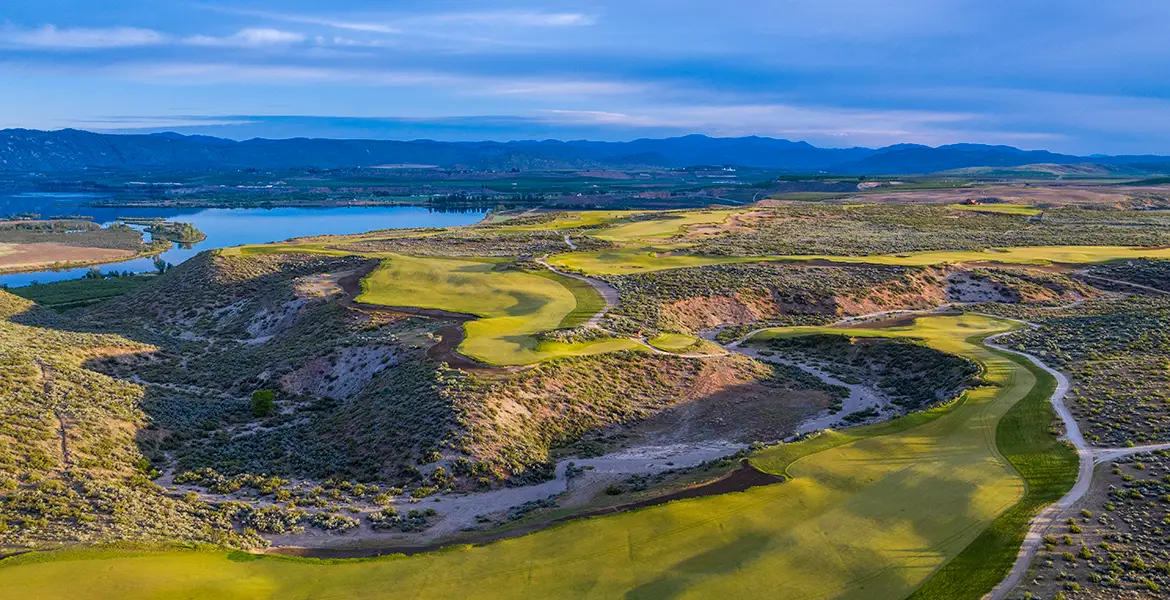By Jeff Silverman

When the latest edition of the U.S. Open rolls across the fields of Shinnecock Hills in June, canny assessors of architectural handicraft should notice a variety of amendments since the USGA last brought its carnival to town in 2004. You remember 2004: That was the year the fairways were about as wide as a couple of drivers laid end to end and the 7th green, on Sunday in particular, played swell for shuffleboard but not so hot for golf. No one was especially happy.
That was then.
“I look at this as a great opportunity for us to get back up on the horse again,” says USGA executive director Mike Davis. “What happened that Sunday took away from the grandeur of one of our greatest golf courses. We made mistakes. We learned. The world of golf hasn’t seen Shinnecock for 13 years.”
The truth is, the world hasn’t seen Shinnecock for ages.
While its 2004 bones may have been superb as ever, in the decades since William Flynn reconceived what Willie Davis, Willie Dunn, C.B. Macdonald, and Seth Raynor had been intent on coaxing from the landscape since 1891, the coat had developed mange. Flynn’s 1931 masterpiece—the ne plus ultra in a revered design portfolio—was a strategic marvel on an open space with panoramic vistas. Few trees. Vast fairways. Epic greens with surrounds full of options. The bunkering was beautiful. It looked heroic and played that way. To Herbert Warren Wind, Shinnecock was “an unbroken succession of superior holes.”
Of course, when the first Open came to Shinnecock—in 1896—none of that was there yet, and when the caravan next returned to the south fork of Long Island’s fishtail 90 years later, much of it was gone. Trees had intruded, greens had receded, and Flynn’s sophisticated lines of play had evanesced. It wasn’t until after the Open’s third visitation, in 1995, that Shinnecock resolved that enough was enough. “The club decided it wanted to go back to its roots,” says Davis. “It’s been going through a pretty thoughtful process to do that.”
Under the aegis of longtime green chairman Charles Stevenson, much had been done by 2004. The forests clogging the route were replanted around the perimeter. Scrub was hacked away. And while the ancient vistas and enormity of scale had been invited back, there was still much to do. Greens and fairways remained fractions of what once was. Indeed, the fairways had so withdrawn from Flynn’s artfully placed bunkers that even search dogs missed them, though given how the game had changed since 1931, most of those hazards were of no concern to the championship contingent anyway.
Had the game bypassed Flynn’s virtuosity? Shinnecock’s leadership—and Davis—were convinced the answer was no.

Not long after Shinnecock was re-anointed as Open-worthy in 2011, the club, working hand in hand with the USGA, tapped Bill Coore and Ben Crenshaw to come in for a look-see. Originally, their brief was to transform the jungle on the right edge of the 6th hole back into the sandy blowout that Flynn inscribed onto the plan that hangs on the second floor of Stanford White’s iconic clubhouse. As they toured the layout, opportunities presented themselves. “We studied each hole individually and each green site individually,” says Coore. “What we did doesn’t remotely compare to how much we did at Pinehurst,” he insists, but the impact is unmistakable nonetheless.
They widened and realigned fairways to reach the bunkers Flynn intended them to and began expanding greens to their original shapes. Superintendent Jon Jennings enlarged them even further. “They look better aesthetically,” says Davis, “play better architecturally, and give us a lot more hole locations.”
The way Flynn intended.
As for features, Coore and Crenshaw sought to highlight what was already there: internal movement. For example, on the 5th hole, a par five, the bunker left of the green—not one Flynn imagined—was dispatched in favor of what Coore calls the “baby dune ridge” it sat on, thus reopening the green to a ground attack. “The contours are so beautiful throughout this course and can be very influential on play,” he says. “This one, in particular, was more interesting to Ben and myself than the bunker that had replaced it.”
All of which the members cheer, and the professionals would likely lick their lips over, if that alone described the golf course the Open will be contested on. But that’s not it exactly. Ten new tees add almost 450 yards to the old 6,996-yard championship journey with a third of that allocated to just two holes, the 519-yard par-four 14th and the 616-yard par-five 16th. “We weren’t interested in distance for distance sake,” insists Davis. “We kept asking, what was Flynn’s intention? How can we accomplish that?”

The answer arrived in the way new tees were built to emphasize original angles and strategies. Take the 8th hole, a 445-yard par four. Flynn’s favored line off the tee was as far left as possible over an angled series of bunkers, invisible today, certainly, to the game’s best. Length and width put them back into view.
But players can’t just grip and rip—here’s the course-within-the-course part—since drive zones have been reconceived to collapse in the bombs-away landing areas. After assessing play at Erin Hills last summer, the USGA returned in the fall to pinch-in Shinnecock’s fairways even further, down to about 35 yards wide on average, but that’s still about 10 yards wider than in Opens past.
“Now we can get a true test of the Flynn design,” says Davis, “and still be true to the USGA test of golf.”
Without making the membership pay for the privilege once the USGA is gone.
“What’s been done,” says Jennings, “will not only show the true architectural genius of Flynn. It will also show that you can host a U.S. Open without punishing daily member play.”
Because, in the end, as Coore marvels, “Shinnecock’s true character was still there.” Patiently waiting to be revealed again.






